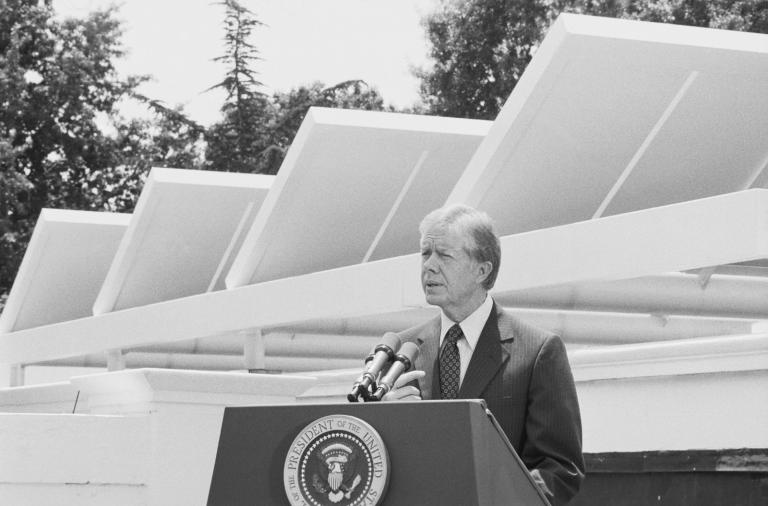 Cross-posted from Climate Progress.
Cross-posted from Climate Progress.
Imagine if we could create jobs, increase renewable energy generation, improve air quality across the country, and reduce our carbon dioxide pollution — all at effectively zero cost to our economy. Wouldn’t that be great? Well, the Energy Information Administration (EIA) just informed us that we can do all of these things, by adopting a strong national clean energy standard.
If you were to believe the hyperbole from the fossil fuel advocates, you would think that a clean energy standard would ruin the United States. For example, the Heritage Foundation recently declared that a similar policy “would be bad for families, bad for business, and bad for the economy.” As I said at the time, Heritage was simply building a straw man that isn’t even a serious clean energy proposal, and they weren’t actually modeling our electricity system.
Fortunately, we now have an accurate study of a real clean energy standard proposal, and the EIA has given us some insight into how this policy could benefit our country. In response to a request from Sen. Jeff Bingaman (D-N.M.), EIA modeled a proposal to get 80 percent of our country’s power from low-carbon and zero-carbon sources. They allow all generation resources to qualify, and weight them based on actual carbon emissions (roughly, that means that natural gas only gets half of the clean energy credits of wind or solar power, for instance). EIA also models several different cases to identify the effects of specific policy choices, like including a cap on program costs or exempting some utilities from compliance.
Here are the top line findings:
- Under the Bingaman clean energy standard, electricity generation from renewable resources like wind, solar, and biomass are almost twice as high as the business-as-usual case.
- The clean energy standard reduces annual carbon emissions from the power sector by 43 percent by 2035.
- GDP growth is virtually unchanged with a clean energy standard; America’s GDP would grow at 2.67 percent from 2009 to 2035. Without a clean energy standard, GDP would grow at 2.69 percent over the same time period. (See chart below.)
- Including a cap on the price for clean energy credits and pairing the clean energy standard with strong energy efficiency standards significantly reduces the impact on electricity prices.
These findings are not a surprise to those of us who know that clean energy is the best way to power our future. The Center for American Progress has previously advocated a strong clean energy standard with many of the same features as Bingaman’s proposal. But it also has a few important differences. Earlier this year, we laid out five characteristics that would define a successful clean energy standard:
- It must generate new, long-lasting jobs and grow the economy.
- It must effectively spur development and deployment of renewable energy and energy efficiency technologies.
- It must account for regional diversity in resources and electricity markets.
- It must be simple and transparent, and minimize costs.
- It must provide a floor, not a ceiling, for clean energy, strengthening and building on existing state leadership.
To reach these goals, our clean energy standard proposal includes policy tools like different clean energy requirements for different regions (accounting for regional diversity) and a tiered system that sets a specific target for certain renewable energy and energy efficiency targets, so that natural gas doesn’t dominate new investments.
Spreading benefits across the country is critical. The EIA’s analysis finds that economic stimulus from the new infrastructure investments needed to shift our power system essentially balances out any cost to the economy from rising electricity prices. But EIA finds that power price impacts vary across the country, and it’s important that places with increasing prices also see increasing stimulative investments.
EIA’s analysis confirms that Bingaman’s proposal is a serious step in the right direction. The United States would benefit if Congress moved forward with a clean energy standard.



